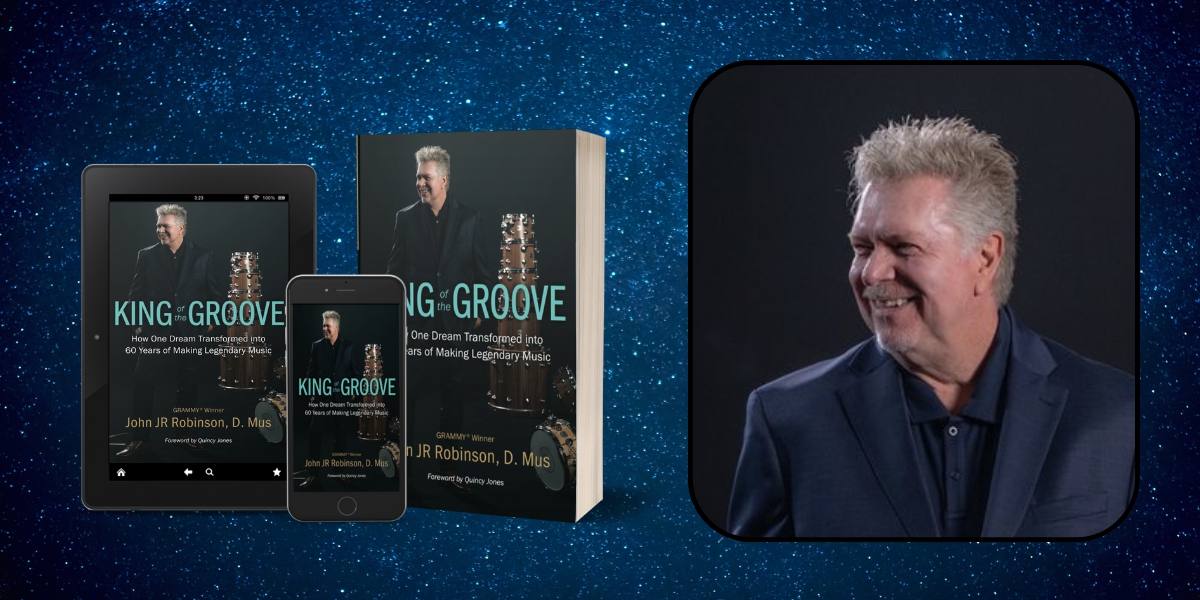Every story begins with an idea, but where do these ideas come from, and how do they grow into fully fleshed-out narratives? For many writers, the spark of inspiration often starts with a simple question: “What if?” This article explores how “what if” scenarios serve as the foundation for storytelling, offering insights into the creative process and practical tips for developing ideas into compelling stories.
The “what if” question is a powerful tool for sparking creativity. It encourages writers to explore possibilities, challenge assumptions, and imagine new worlds. For example, a writer might ask, “What if humans could live on Mars?” or “What if animals could talk?” These questions open the door to endless possibilities, providing a starting point for characters, settings, and plots. The beauty of the “what if” scenario lies in its simplicity—it’s a small seed that can grow into a rich and complex story.
Once the initial idea is sparked, the next step is to develop it into a story. This often involves asking more questions to flesh out the concept. For instance, if the initial idea is “What if humans could live on Mars?” the writer might ask, “What challenges would they face?” or “How would society change?” These follow-up questions help build the world of the story and create a framework for the narrative.
Another important aspect of developing ideas is creating relatable characters. Even the most fantastical “what if” scenarios need characters that readers can connect with. Writers often draw inspiration from real-life experiences, observations, or even their own personalities to create authentic and compelling characters. For example, a character living on Mars might struggle with feelings of isolation or the pressure to adapt to a new environment, emotions that many readers can relate to.
Setting is another key element that brings a “what if” scenario to life. The world of the story should feel vivid and immersive, whether it’s a futuristic colony on Mars or a magical forest where animals talk. Writers often use descriptive language and sensory details to create a sense of place, helping readers visualize the world and feel as though they are part of the story.
Plot development is where the “what if” scenario truly takes shape. A compelling plot keeps readers engaged and drives the story forward. Writers often use techniques like conflict, tension, and pacing to create a dynamic narrative. For example, in a story about humans living on Mars, the plot might revolve around a struggle for survival, a political conflict, or a personal journey of self-discovery. These elements add depth and complexity to the story, making it more engaging and memorable.
Another important part of the creative process is revision. The first draft of a story is rarely perfect, and writers often go through multiple rounds of editing to refine their work. This might involve reworking the plot, deepening the characters, or polishing the language. Revision is where the story truly comes together, transforming a rough idea into a polished piece of writing.
Inspiration can come from many sources, and writers often find ideas in unexpected places. Everyday experiences, dreams, conversations, or even random thoughts can spark a “what if” scenario. Keeping a journal or notebook to capture these ideas can be a valuable tool for writers, ensuring that no inspiration is lost.
Another way to develop ideas is through research. Even fictional stories often require a certain level of accuracy or realism, especially when dealing with complex topics like space travel or animal behavior. Research can provide valuable insights and details that enrich the story and make it more believable. For example, a writer exploring life on Mars might study the planet’s geography, climate, and potential challenges for human habitation.
Collaboration and feedback are also important parts of the creative process. Sharing ideas with others can provide new perspectives and help writers see their work in a different light. Whether it’s through a writing group, a mentor, or a trusted friend, feedback can help identify strengths and areas for improvement, making the story stronger and more cohesive.
In conclusion, the journey from inspiration to story begins with a simple “what if” scenario. By asking questions, developing characters, building settings, and crafting plots, writers can transform these ideas into compelling narratives. The creative process involves exploration, revision, and collaboration, but it all starts with that initial spark of curiosity.
The next time someone has a creative idea, they might consider the power of the “what if” question. By embracing this approach, they can unlock their imagination and bring their stories to life.





